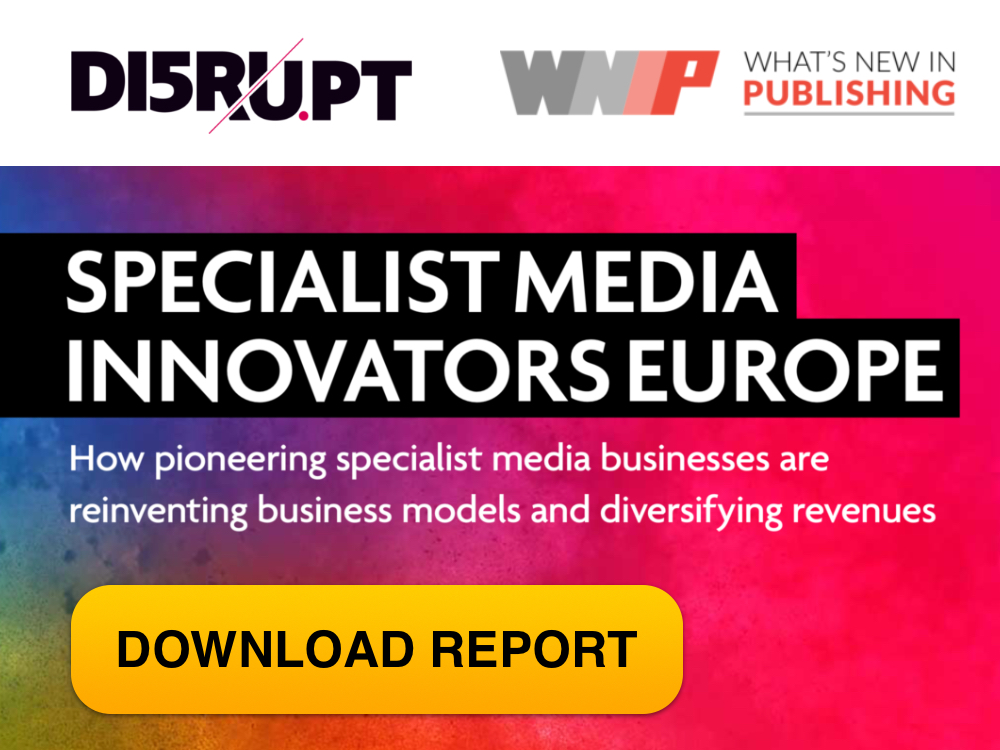|
Getting your Trinity Audio player ready...
|
The internet has profoundly transformed publishing in the last two decades. Digital is now seen as the future of the industry. However, “digital transformation demands much more than mere wagers and simple intentions,” notes a new guide from WAN-IFRA. “It requires a new mindset, understanding that change is not the exception but the rule in the world where we now live.”
To adapt to the complexity and speed of the digital age, to stay relevant and indispensable, it is necessary to stop, think, and fully transform the way the news product is made. In other words, it is necessary to “burn the ships.”
Burn the ships: A guide to igniting cultural change for news media companies
The guide, “Burn the ships: A guide to igniting cultural change for news media companies,” is authored by Andrea Schulte and summarizes lessons from the Cultural Change Ignition Program for Latin American News Publishers.
The program was organized by WAN-IFRA and the Facebook Journalism Project from October 2020 to January 2021. It included 30 Latin American executives from 15 media companies and was led by nine digital change experts.
The key lessons are divided into the following sections:
- Put the user at the center
- Adopt a product mindset
- Implement effective leadership
- Assemble a data-based strategy
There are useful questionnaires at the end of every section to help implement the learnings.
“Audiences view the news differently”
“Cultural change begins by putting users at the center of the company’s strategy,” writes Schulte. She recommends publishers to discover their edge and create products that meet their readers’ needs. It will help them stand apart in the abundance of online news.
“Newsrooms are often blind to the tremendous mismatch between what audiences need and what the media give them (‘we only do news’),” says Dmitry Shishkin, former Digital Editor of BBC World Service. “The problem is that audiences view the news differently.”
“Failure to meet user needs may be one of the reasons why the media have problems with engagement.”
Dmitry Shishkin, Consultant for Digital Transformation, Strategy, and Innovation
Shishkin followed the research and implementation of the user needs model during his stint with the BBC. The publisher was able to grow both readers and engagement after implementing changes based on users’ feedback.
“If audiences feel seen and heard and if they feel that the product meets their needs, they are more willing to pay,” comments Anita Zielina, Director of Innovation and Leadership, Craig Newmark J-School/CUNY, USA.
“Relevance and engagement are what make the difference”
The BBC found that news consumers’ needs can be grouped into six categories:
- Update me
- Give me perspective
- Keep me on trend
- Educate me
- Inspire me
- Divert me
“Hard news is not sufficient to attract people regularly or with enough engagement,” says Shishkin.
General news is everywhere: relevance and engagement are what make the difference. Growth comes when users’ different needs are met constantly, creatively, and strategically.
Dmitry Shishkin, Consultant for Digital Transformation, Strategy, and Innovation
He recommends categorizing content according to user needs. By compiling this data for several weeks, it is possible to better understand how users respond to content.
“Take the content that you’ve published in the last three months and assign the corresponding user need to it,” explains Shishkin. “Then your analytics team processes the information obtained after an in-depth analysis. That gives you the answer about which user needs are met by your contents.”
Content can be divided into the following user needs.
The guide refers to the results of a case study in which 70% of the articles produced by an organization fit in the Update category but resulted in only 7% of the page views. The Education category has the highest loyalty rate. Inspiration articles were found to be 3x more popular than those that were only informational in nature.
“There’s a story to tell here”
Effective digital transformation requires a product mindset. “Media organizations that have made progress in cultural change do not develop content— they develop products,” writes Schulte. “Products centered on user needs, created by interdisciplinary teams and aligned with the company’s strategy and objectives.”
“Product is a function in the intersection of editorial, tech, and business,” says Zielina. It “actively ensures all products and services a media organization creates address user needs, provide an excellent user experience and advance the overarching business strategy.”
She adds that a product culture should not be implemented at the expense of “the inherent knowledge of how news works.”
“I don’t defend the idea of abandoning the gut feeling, this kind of journalist belief or intuition, ‘There’s a story to tell here,’” she explains. “But we can add information that the data gives us; to do a mix and thus increase the odds of being successful in our experiments with transformation.”
“The art is journalism, but science has to empower the art. Take the art and use everything that Netflix or Apple would use to deliver this content to the right people and to find enough people to pay for it.”
Ken Doctor, President, Newsonomics
To adopt a product mindset, a publisher needs people who understand innovation in the business. People from editorial need to collaborate with those on the business side. “We can’t build successful products if we don’t have all the perspectives: the user, the product, the business,” comments Zielina.
“Why is it important to think of the product from a business perspective? if you want people to pay for your product, you have to find a way to truly meet user needs and become ‘audience-centered.’”
Anita Zielina, Director of Innovation and Leadership, Craig Newmark J-School/CUNY, USA
“Cultural change is a bet on innovation”
“Leading cultural change means leading people,” writes Schulte. “Who will lead the organization’s members on paths that they have never walked before and with no guarantee of success?”
Cultural change is a bet on innovation, on trial-and-error. Leaders play a fundamental role: if they are not up to the challenge, nobody will follow them.
Andrea Schulte, Author, Burn the ships: A guide to igniting cultural change for news media companies
According to Borja Echevarría, Associate Director, El País, Spain, cultural change translates in practice along the following three lines.

“Cultural change is a process,” notes Schulte. “Organizing and following the stages allows aligning the entire company in the same direction and achieving its strategic objectives.”
“Data is fundamental in the entire development of a strategic plan,” she adds. “The organization moves forward through a strategic transformation plan based on data. Everyone knows the objectives, the milestones, the achievements.”
When analyzing and planning the execution, it’s important to have milestones in place and know that it always takes longer.”
Ryan Thomas, former Head of EWTN News
“Transforming, is a mindset, not a six-month project”
“A discovery-driven approach gets leaders past the common barriers to digital transformation,” says Schulte. “By starting small, spending a little on an ongoing portfolio of experiments, and learning a lot, you can win early supporters and early adopters.”
“During execution of the strategic plan, you will identify the hits and misses, whether in the initial definition of objectives or in the implementation. It’s important to be able to permanently recalibrate the strategy based on these teachings.”
“Change is your friend, disguised as your enemy”, says Shishkin quoting an old acquaintance. There is no end to a company’s digital transformation, however the process can become less stressful after people get more comfortable with their skills for change, adds Zielina.
Being capable of changing, of transforming, is a mindset, not a six-month project. We’re in an industry that will continue to evolve. The skills and technology are going to change, but for the organization not to have problems in the future, what we have to do is teach how to change.
Anita Zielina, Director of Innovation and Leadership, Craig Newmark J-School/CUNY, USA
The full report is available at WAN-IFRA:
Burn the ships: A guide to igniting cultural change for news media companies





